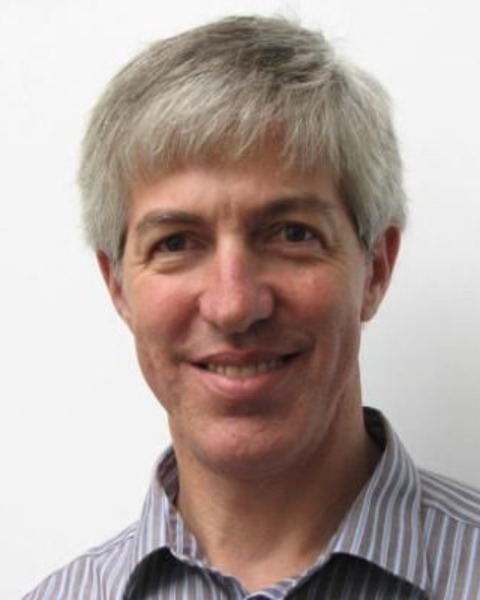Emergency Medicine
Session: Emergency Medicine 1: Operations and Research
362 - Abstract publication after COVID-19 cancelled the 2020 Pediatric Academic Society Meeting
Friday, May 3, 2024
5:15 PM - 7:15 PM ET
Poster Number: 362
Publication Number: 362.383
Publication Number: 362.383

Andrew Fine, MD, MPH (he/him/his)
Associate Professor
Boston Children's Hospital
Waban, Massachusetts, United States
Presenting Author(s)
Background: Nearly half of pediatric emergency medicine (PEM) abstracts accepted to the 2017 PAS meeting were published in peer-reviewed journals within 3 years. When COVID-19 forced cancellation of the 2020 PAS meeting, the impact on subsequent publication was unknown.
Objective: To examine the pandemic effect, we compared the 2020 to the 2017 abstract publication rate overall and by gender of the 1st author.
Design/Methods: Using publicly available meeting agendas, we identified accepted PEM abstracts for the 2017 and 2020 PAS meetings. We assigned the gender of the 1st author using a validated database. Using PubMed, we determined whether each abstract was published within 3 years of the scheduled meeting. The time to publication was defined as time from abstract submission until 1st publication. We compared publication rates overall and by gender of the 1st author and used a Cox proportional hazard analysis to compare time to publication between meetings.
Results: Of the 608 accepted PEM abstracts, 301 (49.5%) were selected for the 2017 and 307 (50.5%) for the 2020 meeting. Overall, 368 (61%) of first authors were female. The publication rate was higher after the 2020 PAS meeting [179/307 (58.3%) 2020 meeting vs. 150/301 (49.8%) 2017 meeting; difference 8.5%, 95% CI 1.0 to 16.3%]. However, this increase in publication rate in the three years after the 2017 to 2020 meetings was only observed for male 1st authors (increase 19.7%, 95% CI 7.2 to 31.2% male 1st authors vs. 1.9%, 95% -8.2% to 12.0% female 1st authors). The time to publication was shorter after the 2020 meeting (median 20 months vs. 22 months; p =0.02; Figure).
Conclusion(s): PEM abstracts accepted for presentation at the cancelled PAS 2020 meeting were published at a higher rate and more quickly compared to the 2017 meeting. However, the increases were seen for abstracts with a male, but not a female 1st author. We hypothesize that female authors bore family responsibilities disproportionally, contributing to a disparity in academic productivity.

